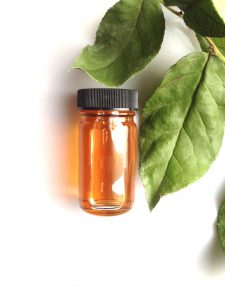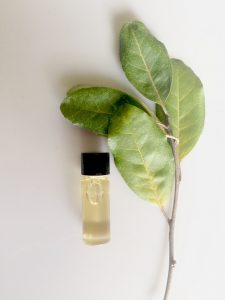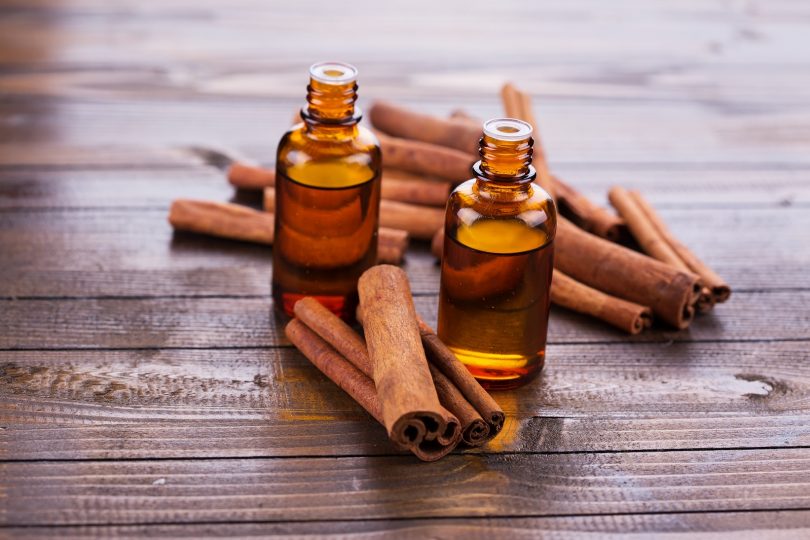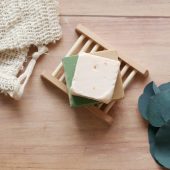With such a vast array of natural oils on the market today, it’s no wonder that occasionally some confusion crops up about oils that seem very similar, yet are so very different. In an effort to satisfy overwhelming customer demand for additional materials, Jedwards International has added Cassia Oil to their product list.
Common questions lobbed by customers are 1) what are the main differences between Cassia and Cinnamon Leaf Oil and 2) how does one decide which to choose? 
Cassia Oil is an essential oil that is steam-distilled from the leaves and bark of Cinnamomum cassia, also known as Chinese Cassia or Chinese Cinnamon. Cinnamomum cassia is native to China and is a slender,
evergreen tree that grows up to 65 feet tall with thick, leathery leaves and tiny white flowers. The pungent fragrance of Cassia oil most closely resembles the aroma one smells when wandering by a bakery assembling cinnamon bun orders. The strong warm and woody odor of Cassia has a sweet, balsamic undertone. Cassia oil also has a rich orange-brown color. Cassia Oil is very seldom added to perfume products because of its darker color; its most common usage is a flavoring agent in food and beverages.
 Cinnamon Leaf Oil, on the other hand, is an essential oil sourced from Sri Lanka, steam distilled from the cinnamon leaves of the Cinnamomum zeylanicum of the Lauraceae family. It is also referred to as Ceylon, Madagascar, Seychelles or true cinnamon. Cinnamon Leaf Oil has a more subtle aroma than Cassia Oil. Reminiscent of a warm, musky fragrance with a faint clove suggestion, the color characteristics of Cinnamon Leaf Oil is lighter yellow. Uses for Cinnamon Leaf Oil popularly tend toward inclusion in soap formulas and also used in insect repellents, perfumes or aromatherapy purposes such as diffusers.
Cinnamon Leaf Oil, on the other hand, is an essential oil sourced from Sri Lanka, steam distilled from the cinnamon leaves of the Cinnamomum zeylanicum of the Lauraceae family. It is also referred to as Ceylon, Madagascar, Seychelles or true cinnamon. Cinnamon Leaf Oil has a more subtle aroma than Cassia Oil. Reminiscent of a warm, musky fragrance with a faint clove suggestion, the color characteristics of Cinnamon Leaf Oil is lighter yellow. Uses for Cinnamon Leaf Oil popularly tend toward inclusion in soap formulas and also used in insect repellents, perfumes or aromatherapy purposes such as diffusers.
To answer the highly pondered questions posed above, the main differences between Cassia and Cinnamon Leaf Oil are the oils are
derived from different species of the Lauraceae family, as well as different portions of the plant themselves. The fragrance and colors of each oils are vastly different as well as the uses for the material themselves. At Jedwards International, we understand the subjective nature of our materials and encourage requesting small samples prior to purchase to properly identify the best material for your formula.
Don’t forget to share this blog on Facebook to be entered to win a $50 credit toward your next order!






This actually clears up a lot of the questions about the differences twixt these two oils thay I’ve been meaning to look up for a while, now.
Great information